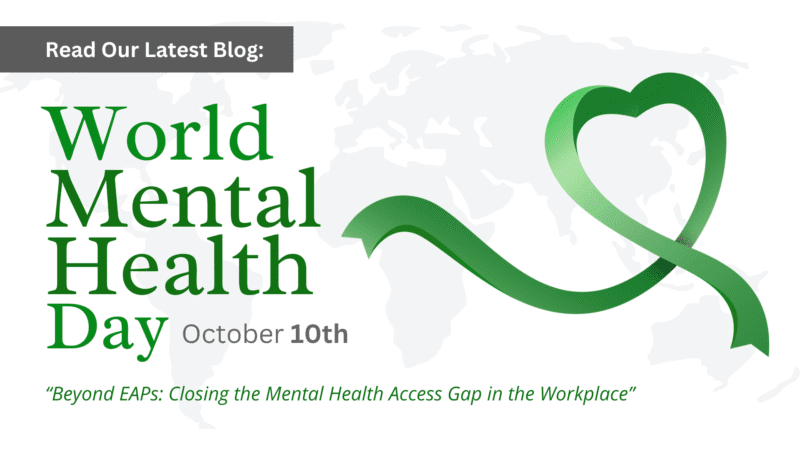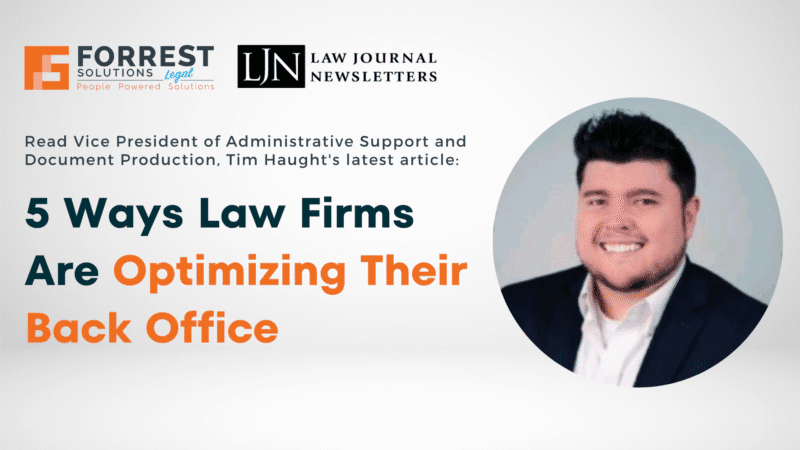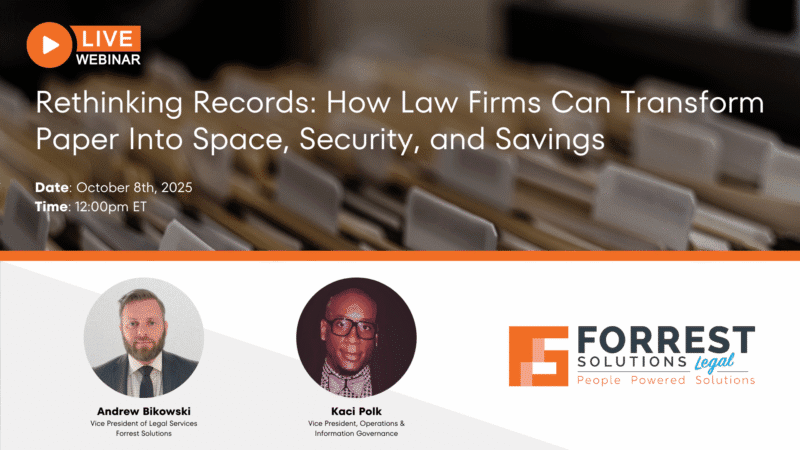
The forecasters agree: Tomorrow’s workers will be better educated, more diverse, and older. But demographics aren’t the only things changing when we look to the future. In preparing for the workforce of tomorrow, it helps to be aware of the many anticipated shifts.
The Government Accountability Office (GAO) expects that 40% of the country’s workforce will be contingent by 2020. Intuit, in 2016, released a study similarly expecting those in the gig economy to reach 43% by 2020.
Additionally, according to 2018’s “Freelancing in America” study, the freelance workforce grew from 53 million to 56.7 million, or 7%, in five years. Meanwhile, the non-freelance U.S. workforce grew just 2% (from 103 million to 105.3 million) in the same period.
For employers, this workforce shift means many changes. For one, businesses turning to contingent workers can save on wage and benefits. According to the GAO, contingent workers are also “about two-thirds less likely than standard workers to have a work-provided retirement plan.”
The movement to embrace a gig economy also lets both large and small corporations:
- Pare down the amount of office space they are leasing per employee, or take shorter leases
- Adapt to workload fluctuations
- Meet employee requests for flexibility
- Screen workers for permanent positions.
Yet, adapting to a workplace with fewer traditional full-time employees also presents new concerns for management and leadership.
Changing the Way You Manage, Lead
The younger, more diverse, more mobile employee population already places more importance on work-life integration and balance. The next generation also prefers more self-directed work in more collaborative environments — not necessarily reporting to a 9 to 5 job in the office every day. More and more organizations are moving towards agile work environments that maximize productivity by allowing individual workers to manage the where, how, when, and whom of their collaborations.
These more flexible, and often less supervised, workers will also require feedback and development delivered in totally different methods than traditionally. The importance of employee engagement remains true, but it will become increasingly challenging in a more spread out workforce.
Further, while the contingent workforce offers increased agility and access to talent and specialized skills, inconsistent hiring and fragmented management processes can lead to added administrative effort and lower productivity.
Investing in employee development will continue to pay off, but you’ll also need to be preparing strategically for automation to change the nature of work. In bringing in new people, you’ll want to assess the long-term nature of their work and identify the individual’s talents in addition to skills to help employees transition more effectively in the workforce of tomorrow.
One more observation, with 40% of the workforce expected to exit the workplace within the next decade, there will be greater competition attracting and retaining talent. At the same time, young employees will expect to advance more rapidly. To establish yourself as an employer of choice, you’ll want to consider formal mentoring programs, experiential learning opportunities, and ongoing professional development.
One solution? Turning to an expert. Forrest Solutions’ employee development programs focus on sharing best practices and growing individuals so that they are always motivated to provide positive impacts in the areas that matter most to your business
Forrest Solutions is the nation’s first and leading onsite outsourcing and staffing company.




